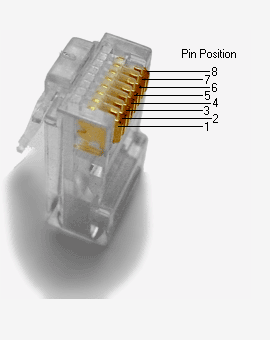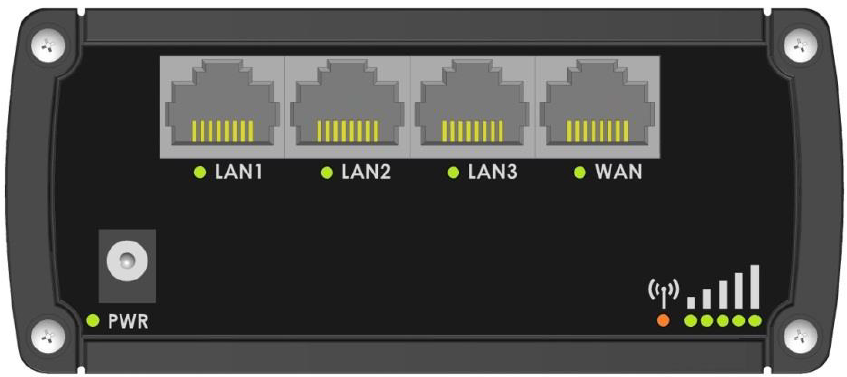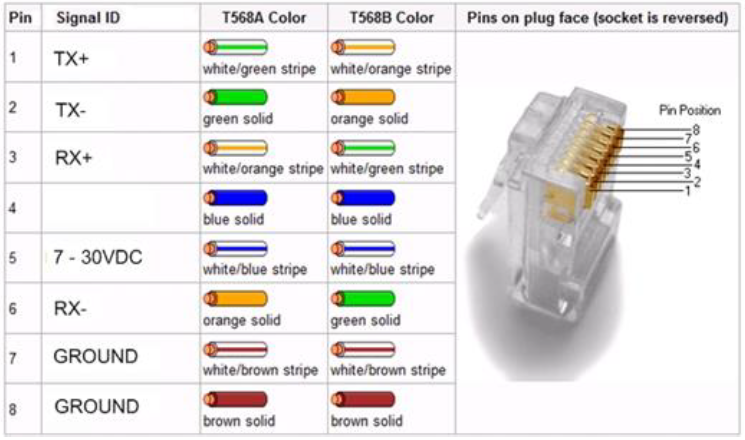RUT950 Powering Options: Difference between revisions
No edit summary |
No edit summary |
||
| Line 13: | Line 13: | ||
| style="width: 20px;" | <b>Pin</b> | | style="width: 20px;" | <b>Pin</b> | ||
| style="width: 75px;" | <b>Signal ID</b> | | style="width: 75px;" | <b>Signal ID</b> | ||
| style="width: | | style="width: 100px;" | <b>T568A Color</b> | ||
| style="width: | | style="width: 100px;" | <b>T568B Color</b> | ||
| style="width: 150px;" | <b>Pins on plug face (socket is reverses)</b> | | style="width: 150px;" | <b>Pins on plug face (socket is reverses)</b> | ||
|- | |- | ||
Revision as of 12:46, 16 January 2018
Main Page > EOL Products > RUT950 > RUT950 Manual > RUT950 Powering OptionsRUT950 routers can be powered from a power socket or over an Ethernet port. Depending on your network architecture you can use the LAN1 port to power the device.
RUT955 routers can also be powered from a power socket and over Ethernet simultaneously. The power socket has higher priority meaning that the device will draw power from the power socket as long as it is available.
When a RUT955 device is switching from one power source to another it loses power for a fraction of a second and may reboot. The device will function correctly after the reboot.
| Pin | Signal ID | T568A Color | T568B Color | Pins on plug face (socket is reverses) |
| 1 | TX+ | white/green |
green solid |

|
| 2 | TX- | |||
| 3 | RX+ | |||
| 4 | ||||
| 5 | 7 - 30 VDC | |||
| 6 | RX- | |||
| 7 | GROUND | |||
| 8 | GROUND |
Though the device can be powered over an Ethernet port it is not compliant with the IEEE 802.3af-2003 standard. Powering a RUT955 device from a IEEE 802.3af-2003 power supply will damage the device as it is not rated for input voltages of the PoE standard.


